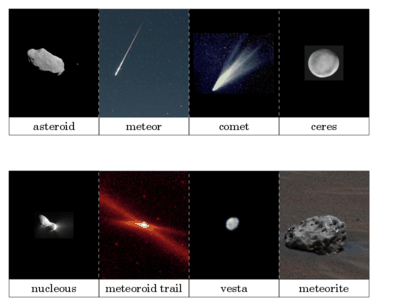PDB-101: Molecule of the Month: Green Fluorescent Protein.
ABSTRACT Green fluorescent protein (GFP) and GFP-like fluorescent proteins owe their photophysical properties to an autocatalytically formed intrinsic chromophore. According to quantum mechanical calculations, the excited state of chromophore model systems has significant dihedral freedom, which may lead to fluorescence quenching intersystem crossing.GFP is a ready-made fluorescent protein, so it is particularly easy to use. Most proteins that deal with light use exotic molecules to capture and release photons. For instance, the opsins in our eyes use retinol to sense light (see the Molecule of the Month on bacteriorhodopsin).Green Fluorescent Protein (GFP) and GFP-like proteins have become the microscope of the twenty-first century. Every month more than 200 papers are published reporting yet another way GFP has been put to work. In most cases, GFP can be used in a way very similar to a microscope; it can show us when a protein is made, and what its movements are.
The most widely used of these fluorescent proteins, the green fluorescent protein (GFP) first isolated from the jellyfish Aequorea victoria, can be attached to virtually any protein of interest and still fold into a fluorescent molecule. The resulting GFP fusion product can be used to localize previously uncharacterized proteins or to visualize.ABSTRACT Green fluorescent protein has natural fluorescent properties which can be used in various applications. Mutagenesis of wild type GFP gives variants that are widely used as protein fusion tags, as biomarkers, used in studying protein interactions and localization of signals.

Immunofluorescence can be used in combination with other, non-antibody methods of fluorescent staining, for example, use of DAPI to label DNA. Several microscope designs can be used for analysis of immunofluorescence samples; the simplest is the epifluorescence microscope, and the confocal microscope is also widely used.











